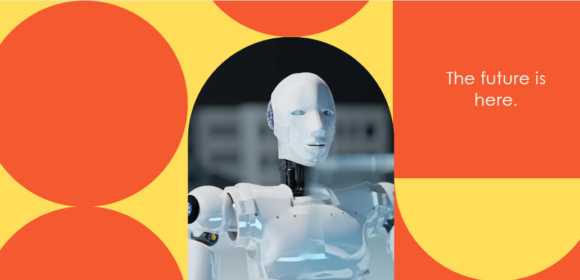It has been widely recognized that the realm of computer intelligence stands worlds apart from the intricate tapestry of human thought. However, the recent advancements in artificial intelligence (AI) have narrowed that gap. In certain respects, computers have gained their own cognition, blurring the lines between where the strength of humanity ends and the independence of machines begins.
Since the beginning of their production, we have praised computers for their ability to execute tasks with speed and precision, including:
- Performing repetitive and tedious tasks quickly and accurately.
- Processing complex calculations and simulations.
- Analyzing and recognizing patterns in large datasets.
- Executing precise and consistent instructions without errors.
With computers shouldering the monotony of these complex needs, humans were able to devote their time and energy to further develop other aspects of life that a machine could not, such as:
- Creative arts, such as music, painting, writing, or theatre.
- Understanding and processing ambiguous or incomplete information.
- Practicing emotional intelligence and empathy.
- Learning from and adapting to new and unfamiliar situations.
With artificial intelligence advancing at an exponential rate, computers are now becoming our cognitive partners rather than mechanical tools. They have become capable of processing ambiguity, learning from unfamiliarity, developing art, and contributing to human endeavors in ways that were once thought to be exclusively within the possibility of human intelligence.
Many individuals feel apprehensive about such advancements, fearing the unknown implications and challenges they may bring. However, there are many impressive examples of these enhancements, such as the evolution of natural language processing.
AI enables computers to replicate the intricacies of language and conversation, giving human-like responses in discourse. AI-driven language models can generate coherent, contextually relevant, and nuanced responses, bridging the divide between human and artificial communication. Conversational AI is a testament to this paradigm shift; from chatbots to virtual assistants to the recently popular ChatGPT by Open AI, machines are now becoming more present in the public eye as they begin to engage in more natural and context-aware dialogues.
The narrative of computer versus human intelligence is undergoing a remarkable transformation. AI is creating a new relationship between humans and machines, where the strengths of both entities can harmonize if we let them. Now, our machines can augment the strengths of the human mind in endeavors spanning far greater than calculations, simulations, or data processing. The future digital age promises not just a convergence of intelligences, but a collaboration that could redefine what we consider intelligence altogether.


